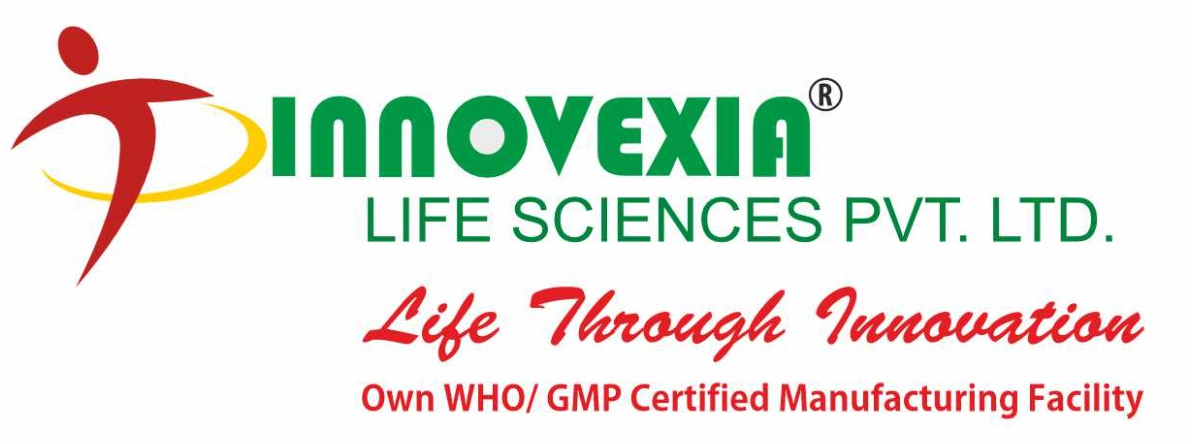Reasons Why India’s Pharmaceutical Industry Is Doing So Well : The Indian pharmaceuticals business is very successful, and there are a number of reasons for this. Indian pharmaceutical firms’ innovative approaches to advertising, with the backing of the government, have contributed to the development of the sector as it exists now. Throughout time, the industry has expanded tremendously. In this piece, we’ll examine why India’s pharmaceutical business has been so prosperous.
An Analysis of India’s Pharmaceutical Market
The pharmaceutical sector in India was dominated by the British. This means there are fewer drug manufacturers based in India. The pharmaceutical market in India was expanding rapidly. As government laws are liberalised, the industry joins the worldwide revolution. This factored towards convincing several large corporations to set up shop here.
Several private pharmaceutical businesses are encouraged by the inclusion of the pharmaceutical sector in Schedule B of the Industrial Policy Resolution of 1956. As a consequence, sales in 1962 reached 100 crore. India has gained notoriety for its cheap labour and efficient business practises. The international firms settled in by establishing local branches.
Because to the Indian Patent Rights Act of 1970, India is now a leading producer of generic drugs. Our business is mostly protected by patents for methods. This means the corporation could figure out how to make the medicine using the same composition but a different technique. To reverse engineer is to examine and understand the process of producing a medicine. This didn’t violate any patent laws, and it helped us become the world’s third-largest manufacturer of generic drugs.
The Indian Pharmaceutical Industry: Data and Figures
There used to be a much smaller number of pharma firms and divisions in India, but now there are hundreds. The Indian government has been instrumental in the serpent shifting of business. These are a few interesting facts about India’s pharmaceutical industry.
Five percent of India’s GDP comes from the pharmaceuticals sector (GDP).
India accounts for between 2% and 4% of the world’s pharmaceutical market. It’s expanding at a compound annual growth rate of 10%.
In 2016, the pharmaceutical industry was estimated to be worth USD 7 billion in this country. It has been estimated that the national growth rate is 15.92% CAGR.
One of the largest scientific sectors in the country. It’s up to date with the latest innovation and can handle the increasing complexity of medication production.
For many years, this sector has benefited from favourable tax policies. The growth of India’s pharmaceutical sector may be attributed in large part to the country’s progressive policy of creating duty-free zones and other tax breaks for the business. As compared to other industries, the GST has had no discernible impact.
Others believe that the HSN code and GST rate slabs have simplified taxes. Government encouragement of increased exports, production capacity, and contract research and manufacturing services (CRAMS) is largely responsible for the positive outcomes.
Why India’s Pharmaceutical Industry Is Doing So Well
When it comes to the pharmaceutical industry, India is among the world’s leaders. Outside, our nation has been a key supplier of generics, APIs, and pharma services. The success of India’s pharmaceutical sector may be traced back to the following factors:
Major Producers of Generic Medicines
When it comes to producing generic medications, India is the third biggest producer worldwide. Our acceptance rates for ANDAs, or abbreviated new drug applications, are among the highest in the country. We have more pharmaceutical facilities (200+) that have been authorised by the US Food and Drug Administration than any other nation. This amounted to controlling a third of the ANDA nods. We boast the lowest-priced, highest-quality labour force in the world. Production costs are quite modest. Between 20% and 24% of the market for generic pharmaceuticals is located in India.
Drugs Sent Abroad
When it comes to producing API, the United States is right up there with the world’s best. In the pharmaceutical industry, we have about 300 enterprises ranging in size from micro to mega. One of the world’s leading exporters of pharmaceuticals and active pharmaceutical ingredients is India’s pharma sector.
Seventy percent of the world’s domestic demand for bulk pharmaceuticals is met by our nation.
Around 40% of all pharmaceuticals are sent abroad.
The pharmaceutical export industry generated $651 million in 2016.
Formulations accounted for 55% of overall exports, while bulk pharmaceuticals made up the other 45%.
Engineering in Reverse
The pharmaceutical industry is a product of the 1970 Patent Acts and the 1978 Drug Policy. Our economy relies heavily on cutting-edge research and development. This means that we are equipped to handle the complex drug manufacturing requirements.
We have been the world leaders in process patents (Product patent took place in 2015 and is yet to grow). Many different methods were used by the companies to copy and manufacture medicines and drugs. Research and development costs were avoided. By conducting their R&D in India, multinational corporations could cut costs by as much as 50 percent.
Conclusion:
India’s pharmaceutical sector has been a major contributor to the country’s growing international profile. The government has taken significant action to back the pharmaceutical industry. The therapeutic industry has been expanding rapidly in recent years.

